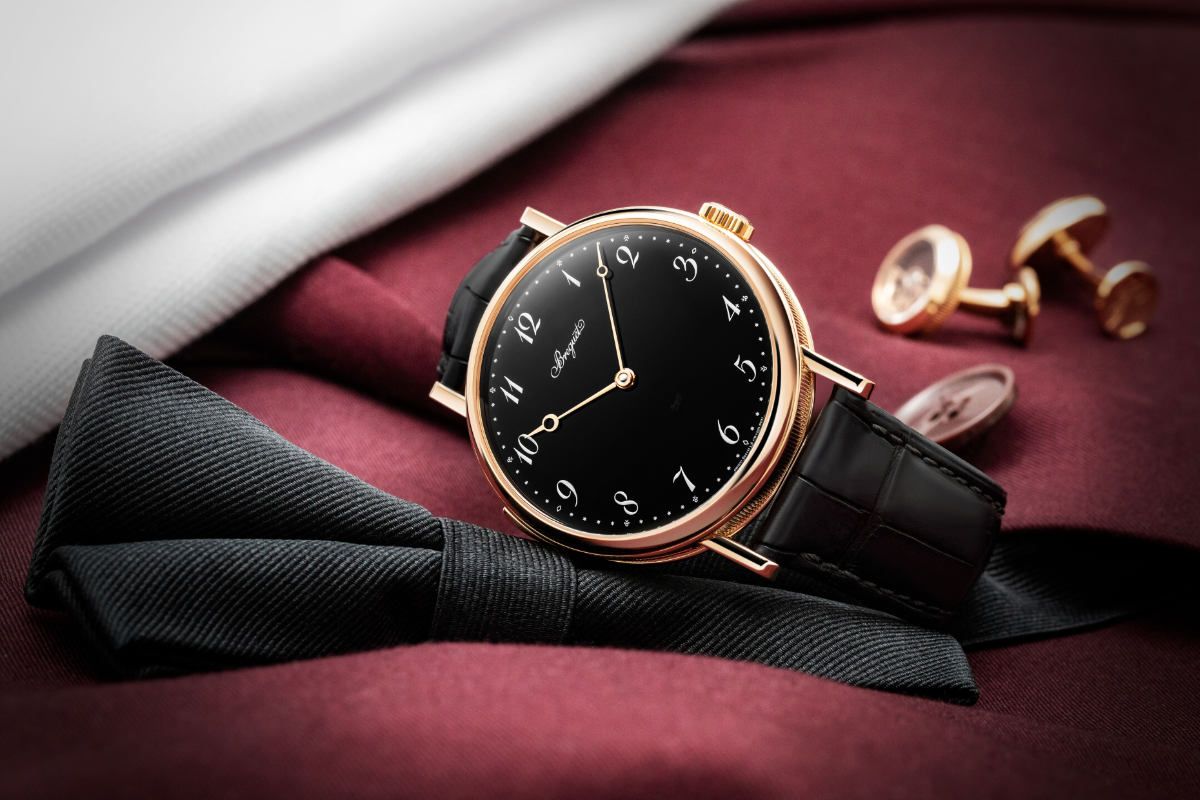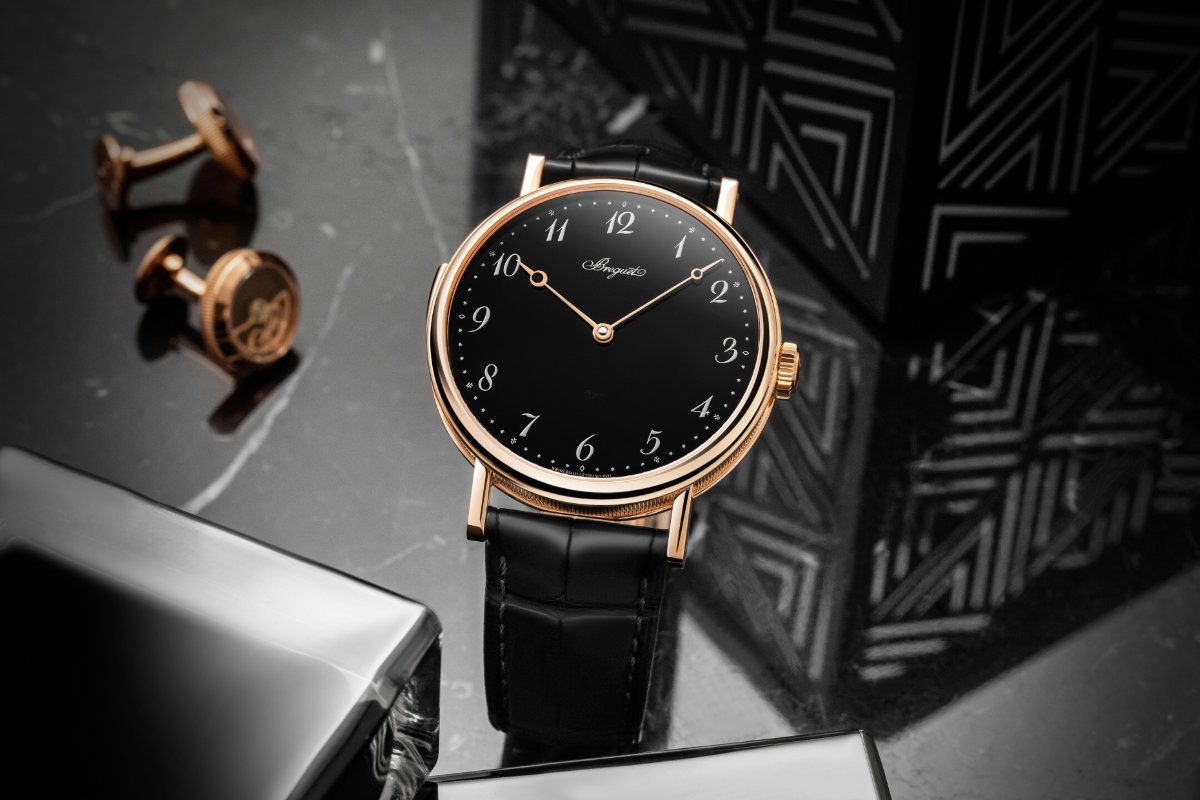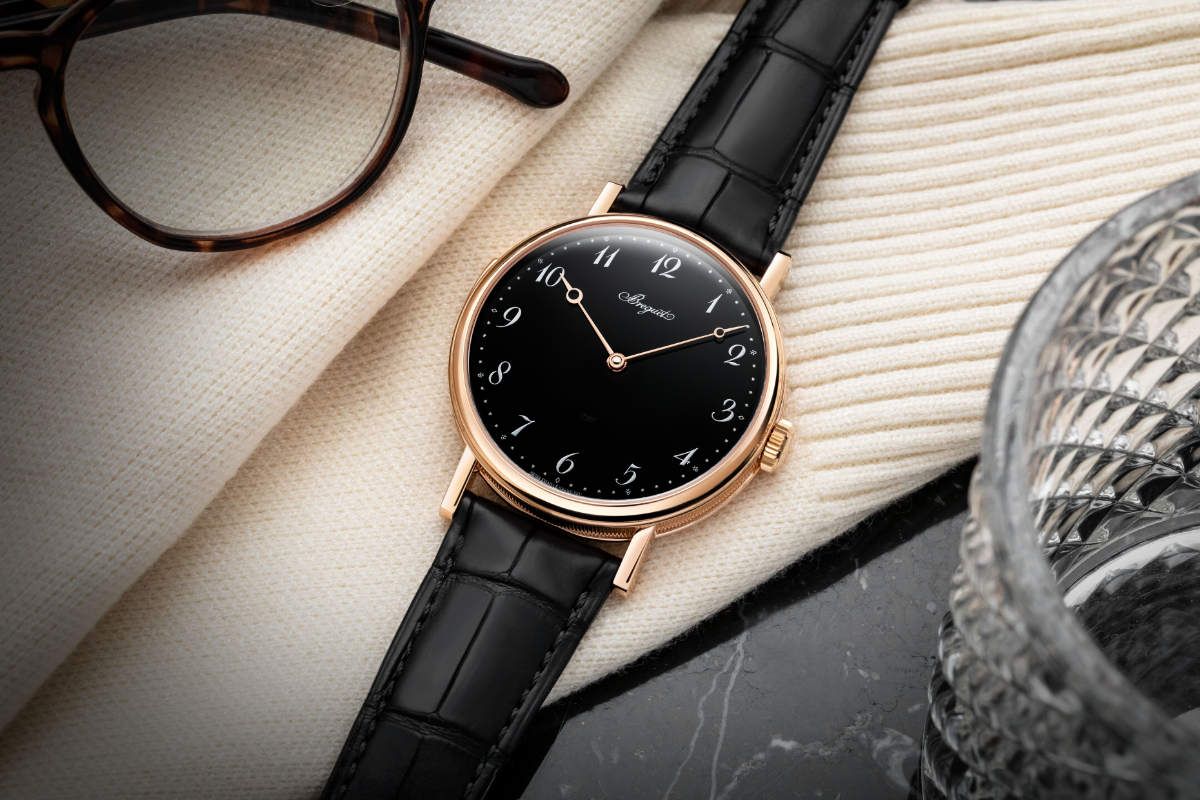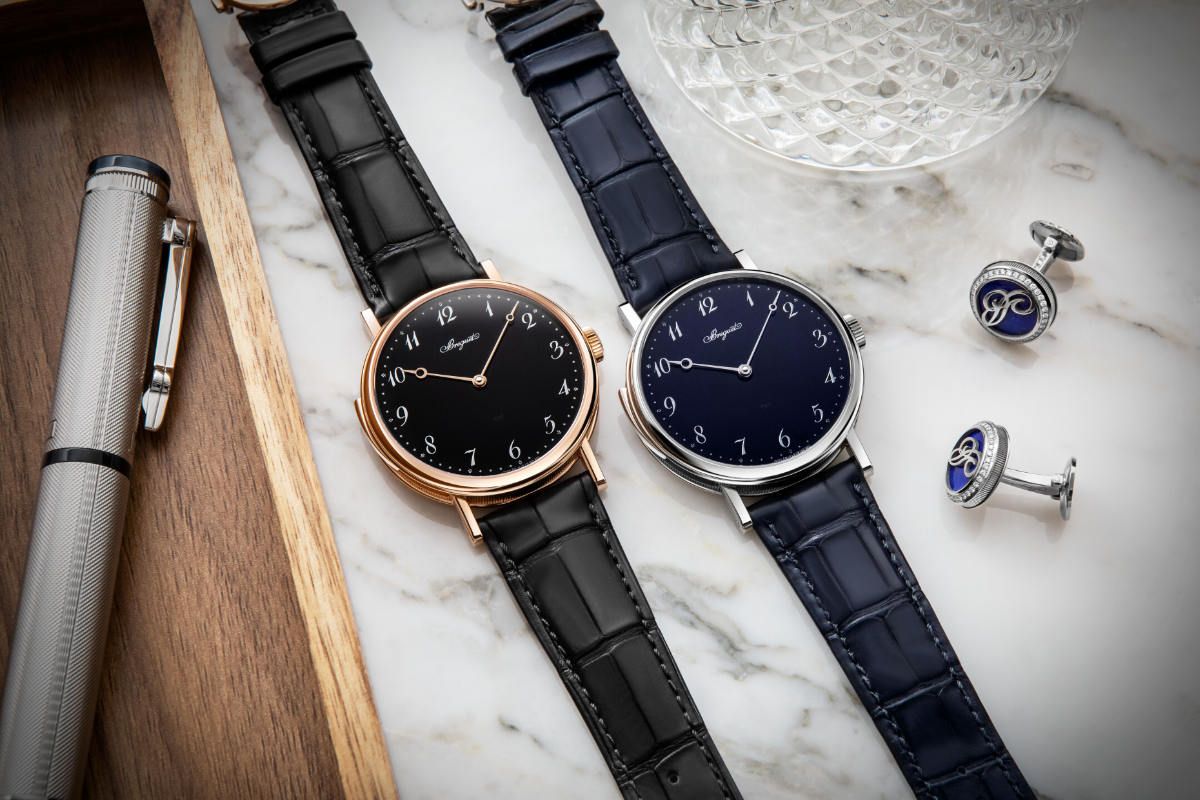Breguet Brand
Breguet Presents Its New Classique 7637 Répétition Minutes Watch
Luxferity, 25.08.2023

As fascinating as it is intriguing, the minute repeater is one of the most remarkable complications in watchmaking history. An outstanding technician, Abraham-Louis Breguet quickly developed a passion for the subject and sought ways of improving the mechanism. For this reason, as early as 1783, he created the first repeating watches striking a spring blade instead of the bell-type gong used until then. Today Breguet pays tribute to them through a new timepiece.
Meticulous craftsmanship
Minute repeaters are one of those major horological complications described as small mechanical masterpieces. In addition to the movement, they involve a chiming mechanism consisting mainly of hammers striking a gong-spring. In addition, the various materials used in its design must have obvious acoustic qualities. Finally, all the components have to be small enough to fit into a modestly sized case. It is a skill that requires exacting standards, many years of experience and unrivalled dexterity. It takes more than a month of work to create a minute repeater. Breguet has been perpetuating this art for nearly 250 years at its Manufacture in the Vallée de Joux.
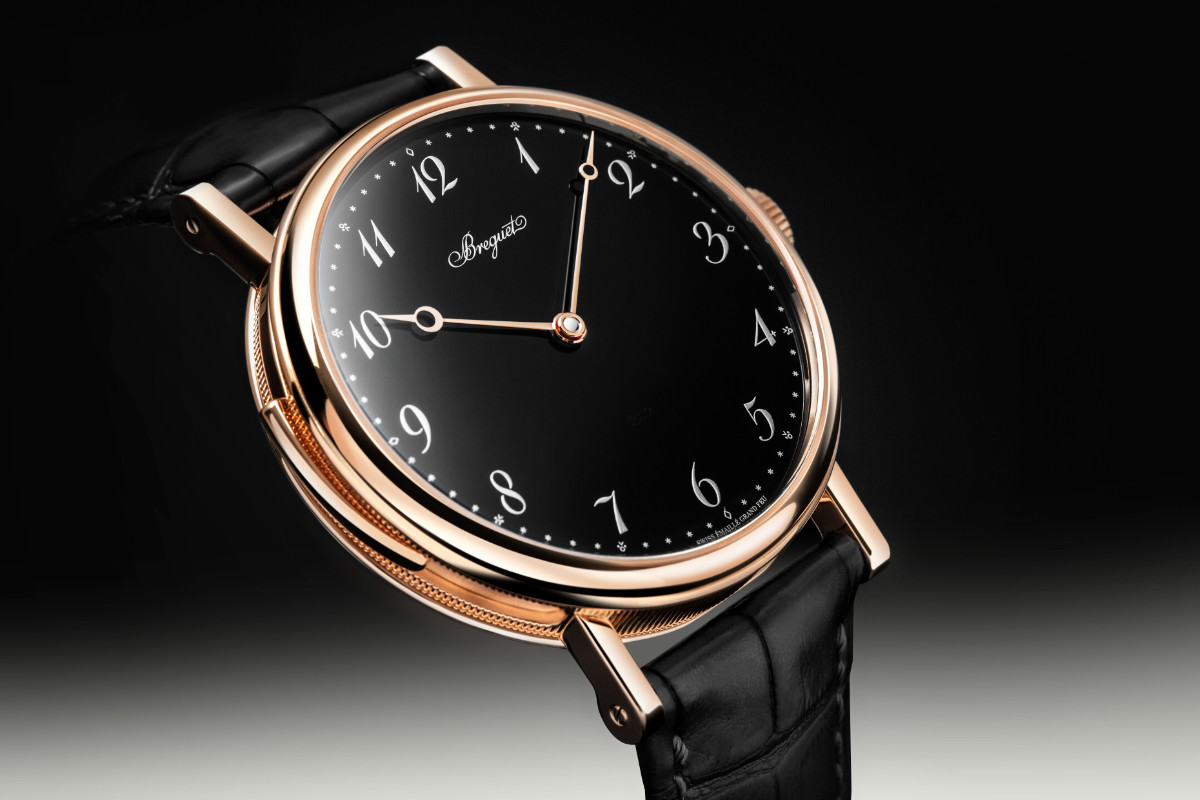
In addition to the expertise of a watchmaker specialising in high complications, an acoustician, constantly on the lookout for perfect sound, is essential to the development of the timepiece. Once the movement has been assembled, the work of tuning the gong is carried out in two phases: harmonic and melodic. Inside an anechoic chamber specially dedicated to this horological complication, the specialist will first seek to ascertain the resonant frequency of each gong. Once this note has been determined, further work is carried out to find the melody most closely resembling Breguet’s signature sound. As each timepiece is hand-crafted, the acoustics differ subtly from one watch to another, making this complication even more unique.
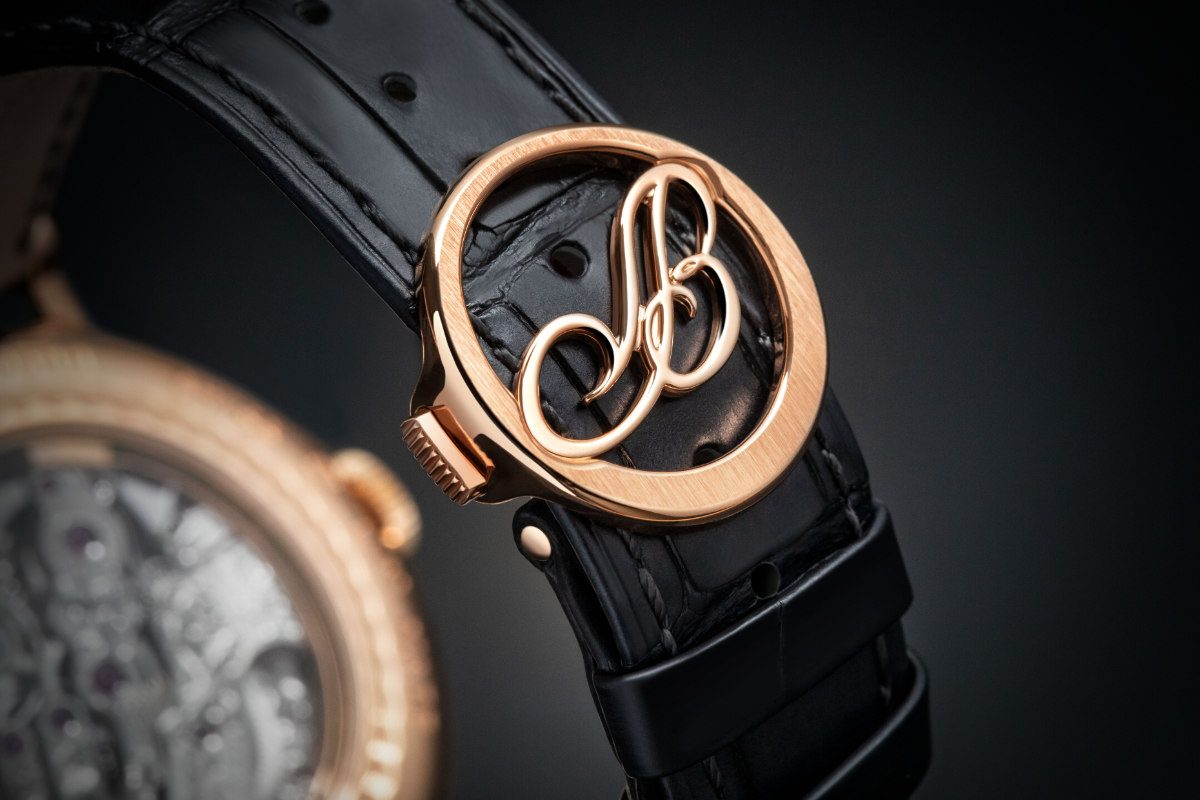
Aesthetic and technical mastery: various skills within a single watch
Contrary to appearances, the minimalist dial of the 7637 requires a particular craft that few artisans still practise today: the grand feu enamelling technique. Representing a mixture of silica and ground oxides, the coloured powders are dissolved in water before being applied to the dial using a variety of methods. The secret then lies in the firing process. Each layer and colour applied requires an additional firing at a set temperature of over 800 degrees Celsius and for a carefully programmed time. When in contact with this heat, the enamel ignites and melts to create each layer. It can take several weeks to produce a single dial in the desired shade. On this dial, the Breguet Arabic numerals, the minutes track and the Breguet logo are highlighted in a powdered silver colour. The hours and minutes are displayed by open-tipped gold Breguet hands. Lastly, the minute repeater is activated by means of the dedicated slide at 9 o’clock.
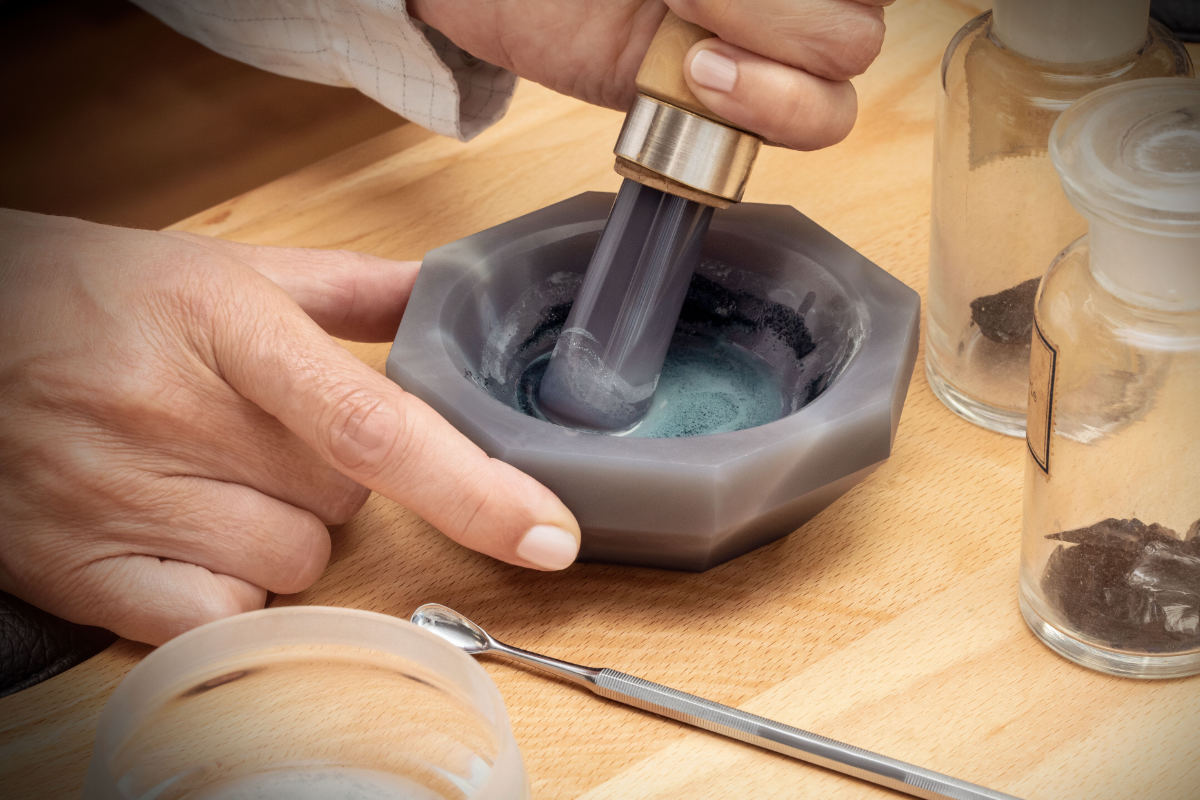
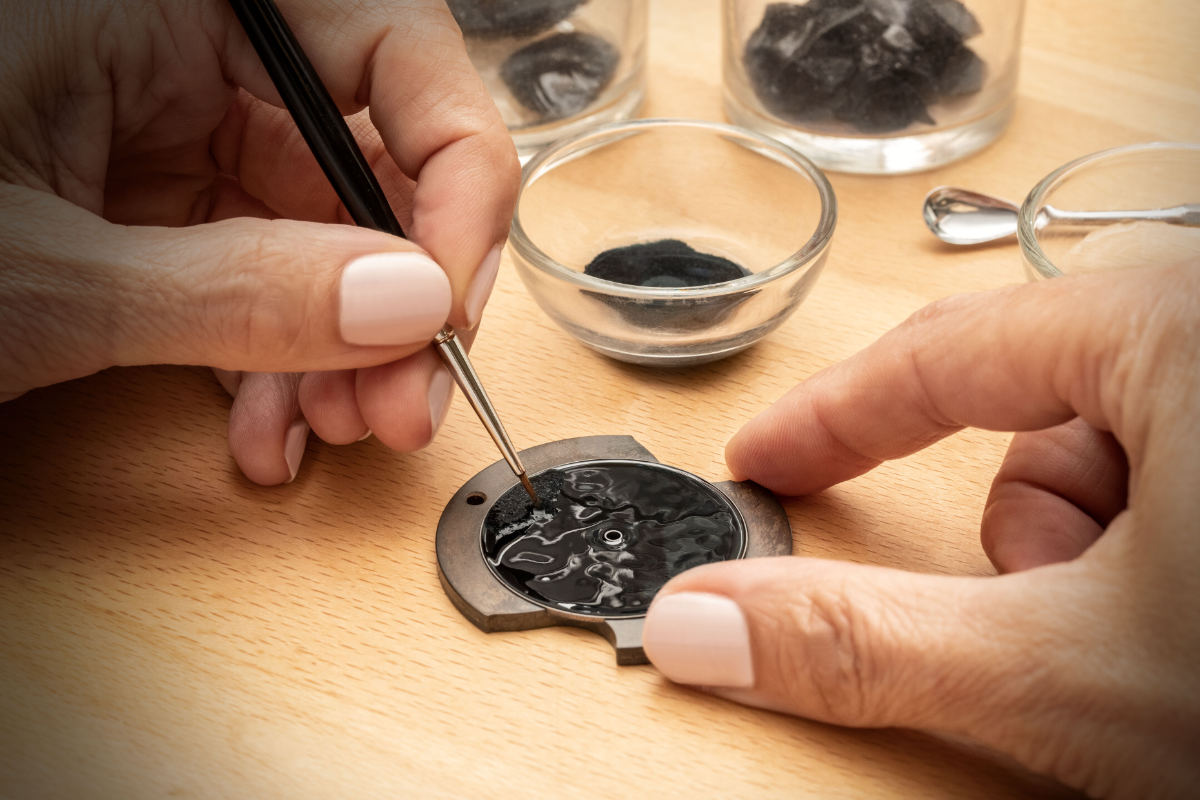
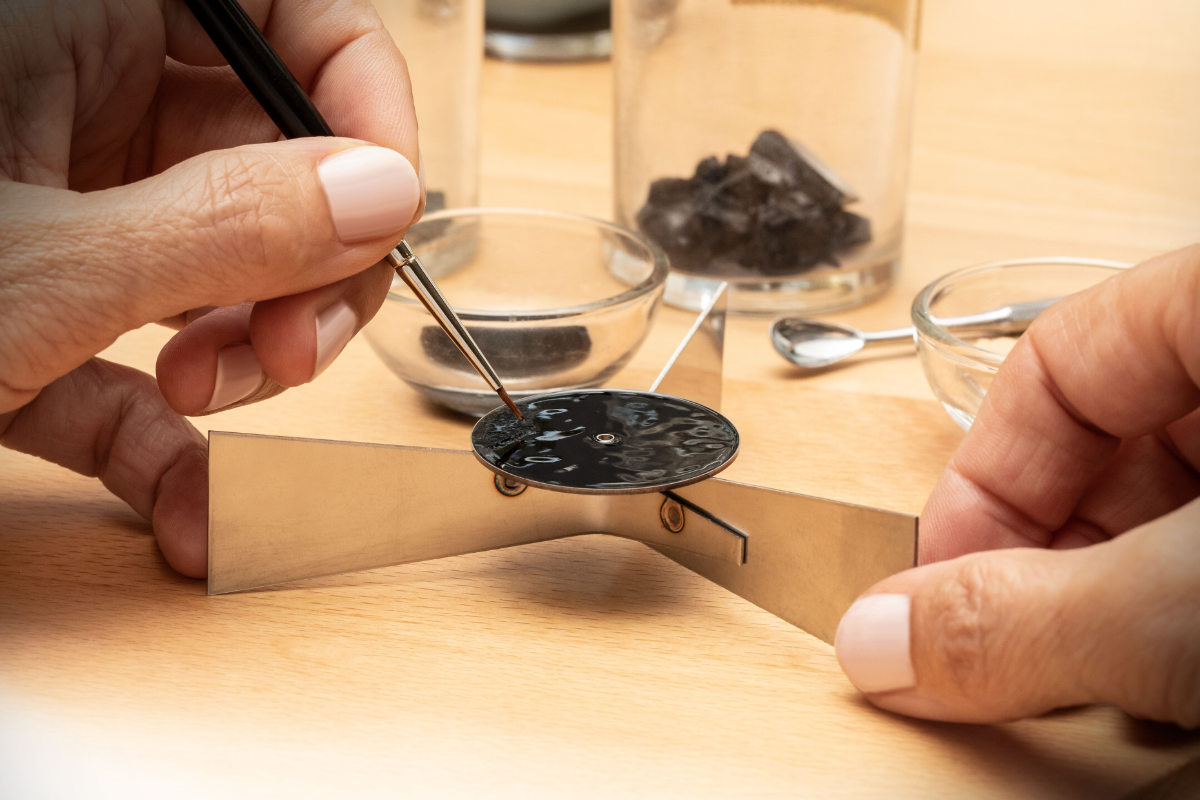
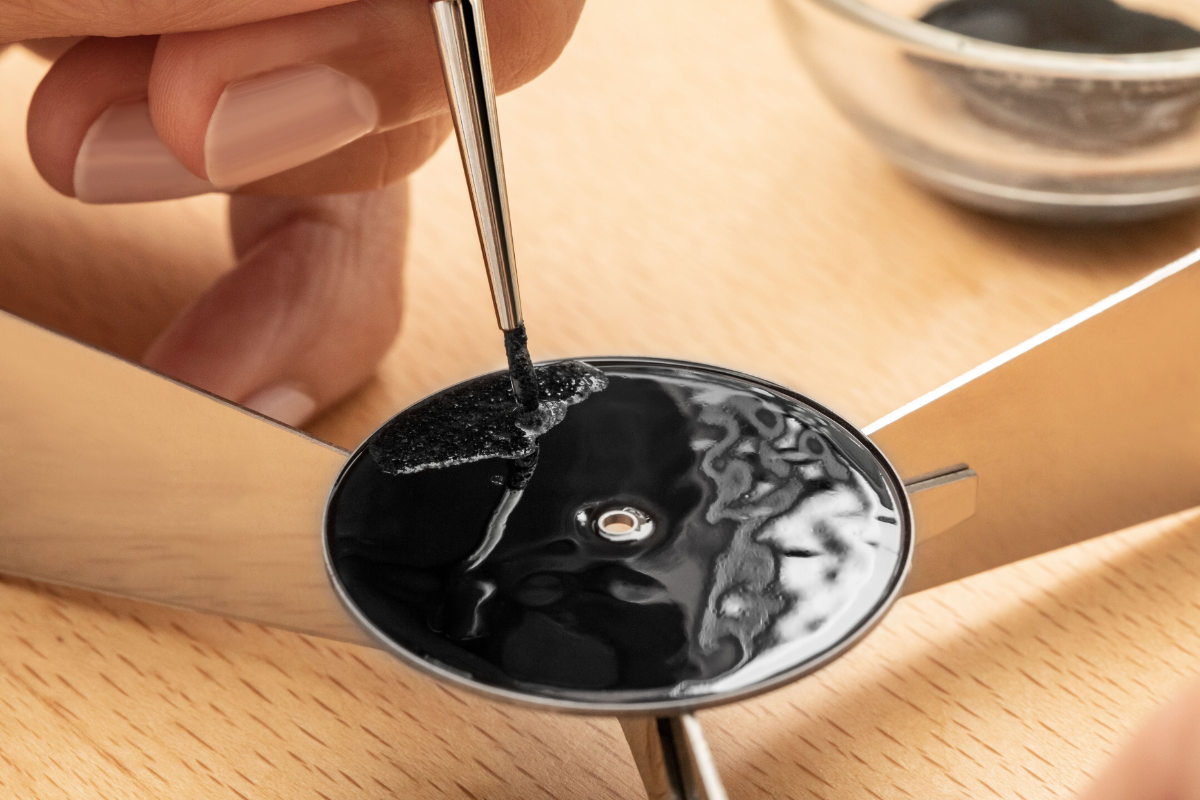
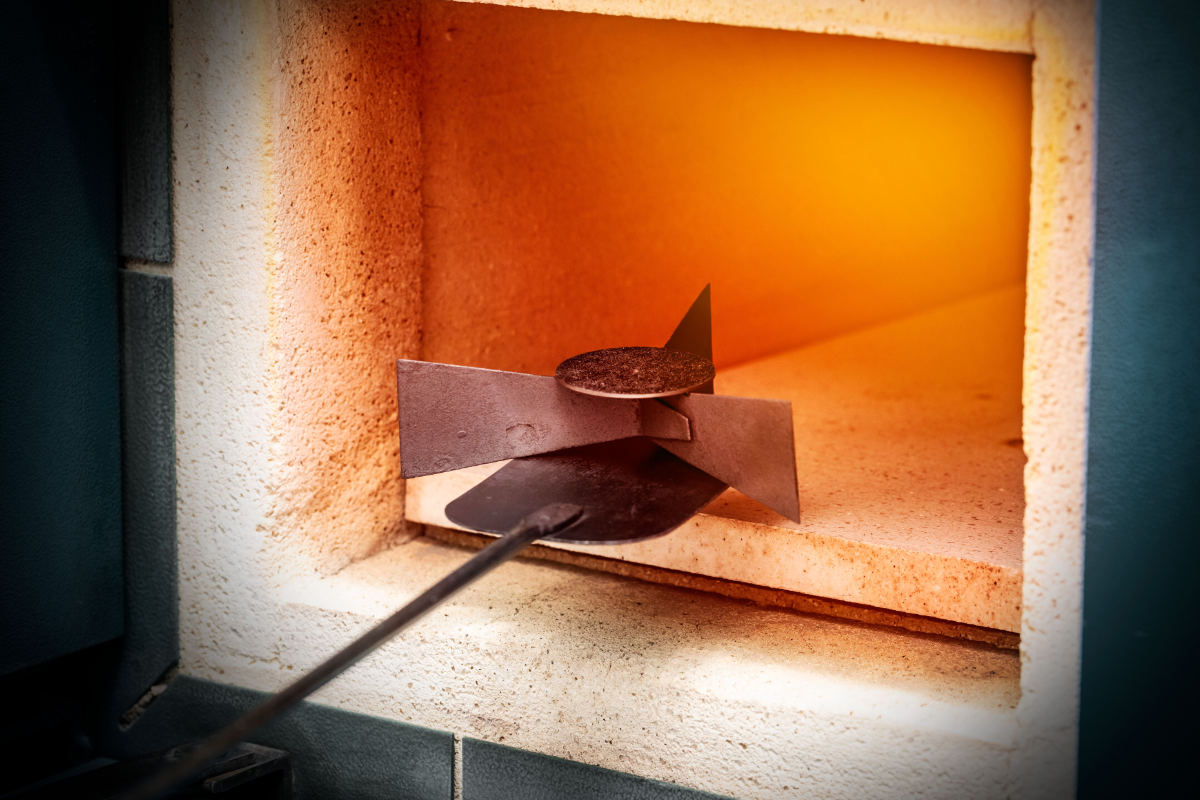
The watch case measures 42 mm in diameter and is newly available in rose gold. It houses Calibre 567.2, whose balance oscillates at a frequency of 2.5 Hz. When the watch is turned over, the entirely hand-chased mechanical hand-wound movement can be admired through the sapphire crystal caseback, as can the hammers made of polished steel. In addition to the aesthetic expertise of the hand-crafted decoration, this movement is ingenious in terms of the positioning of the gongs, gong-holders and hammers. The gongs are fixed to the case middle instead of the plate. As a result, they vibrate directly and transmit sound more effectively. Additionally, the gongs are crafted from gold to produce a harmonious sound quality with a wealth of partials (overtones). What's more, this material offers another advantage. Since the case is also made of gold, the components share the same acoustic impedance, thus providing better sound transmission and performance – a feature that has been duly patented by Breguet.
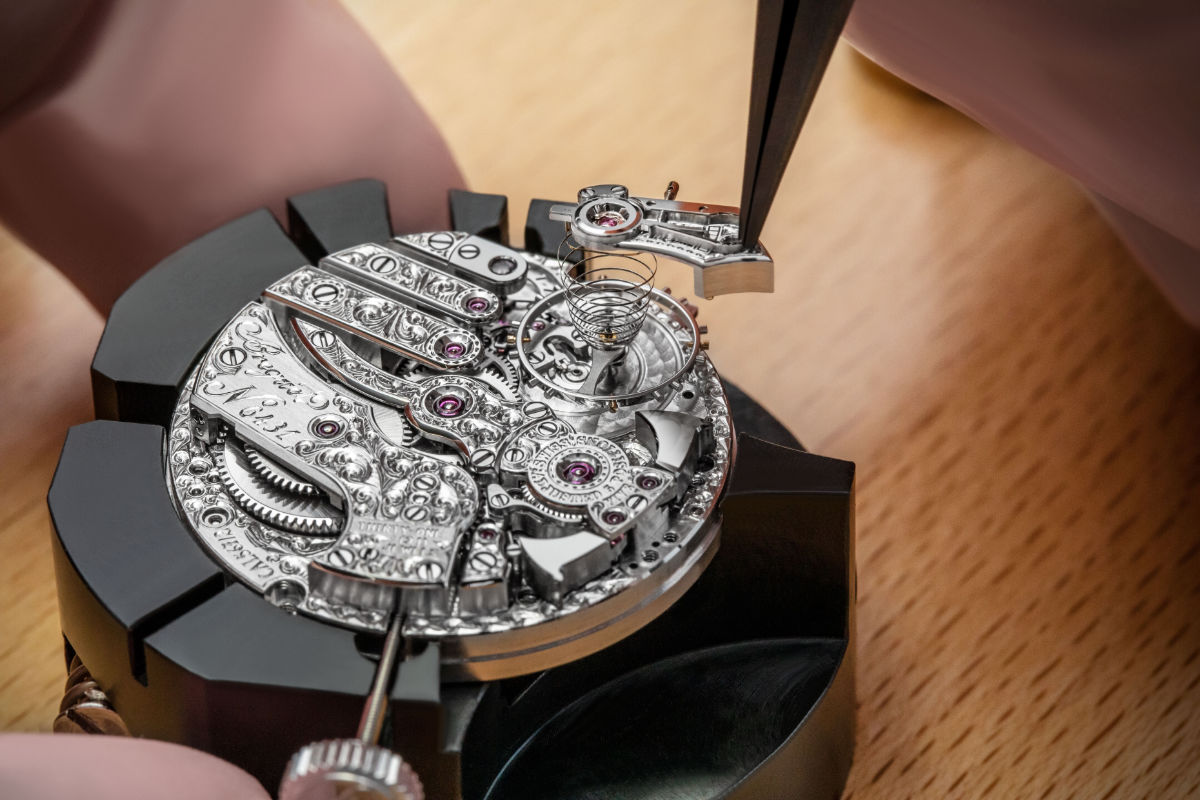
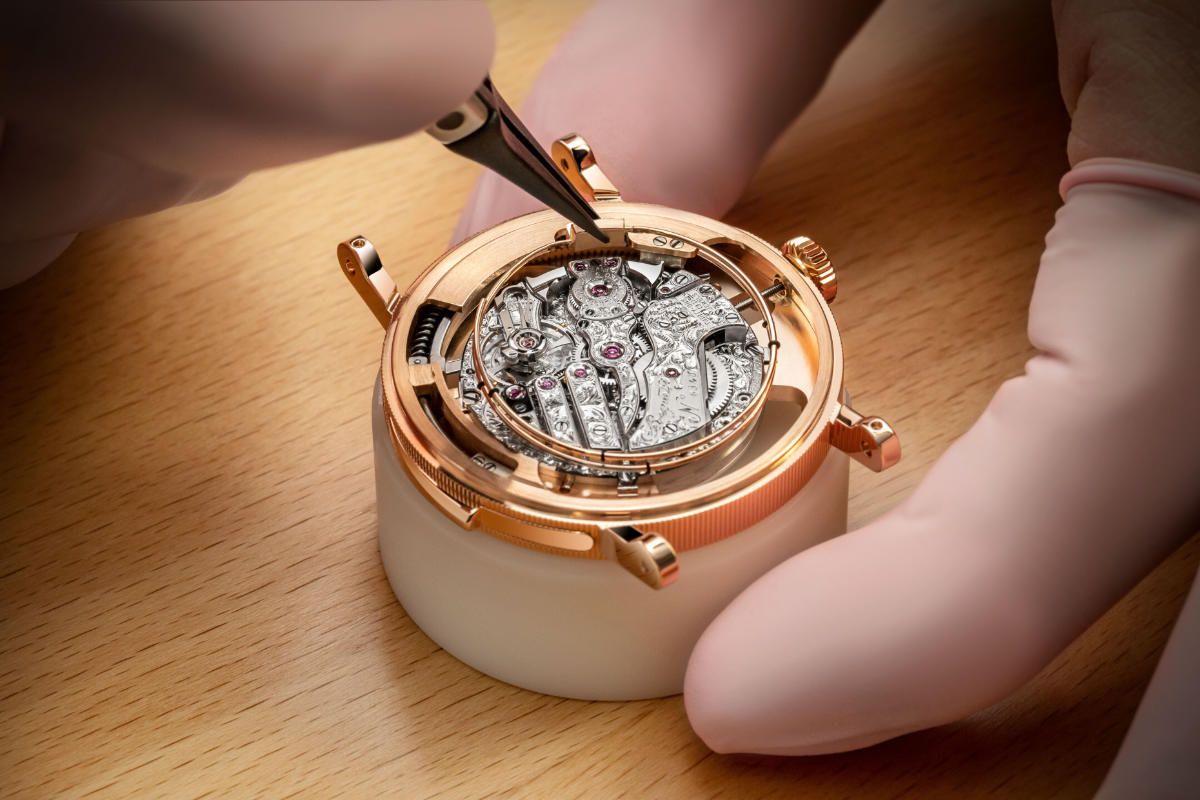
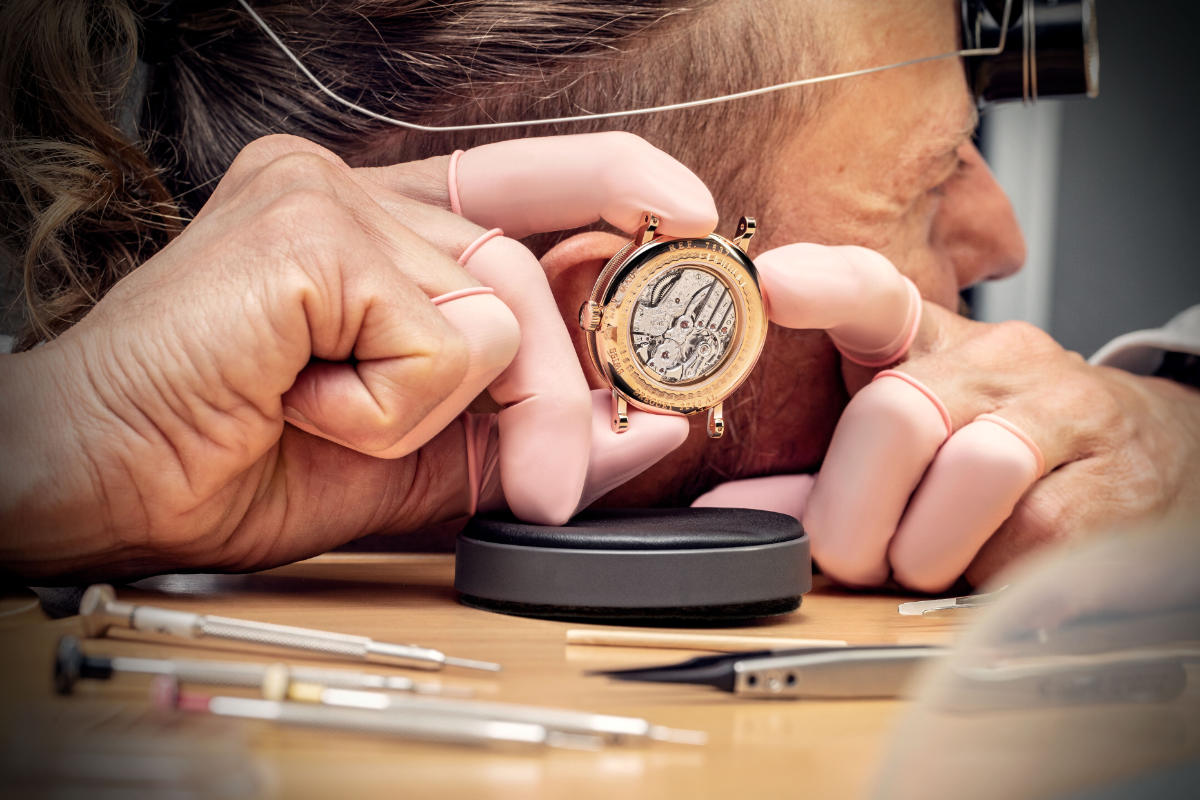
The new Classique Répétition Minutes is fitted with a black alligator leather strap secured by a gold triple-blade folding clasp. Within the same range, the watch is also available in white gold, with a grand feu enamel dial and alligator leather strap, the latter two elements in midnight blue.
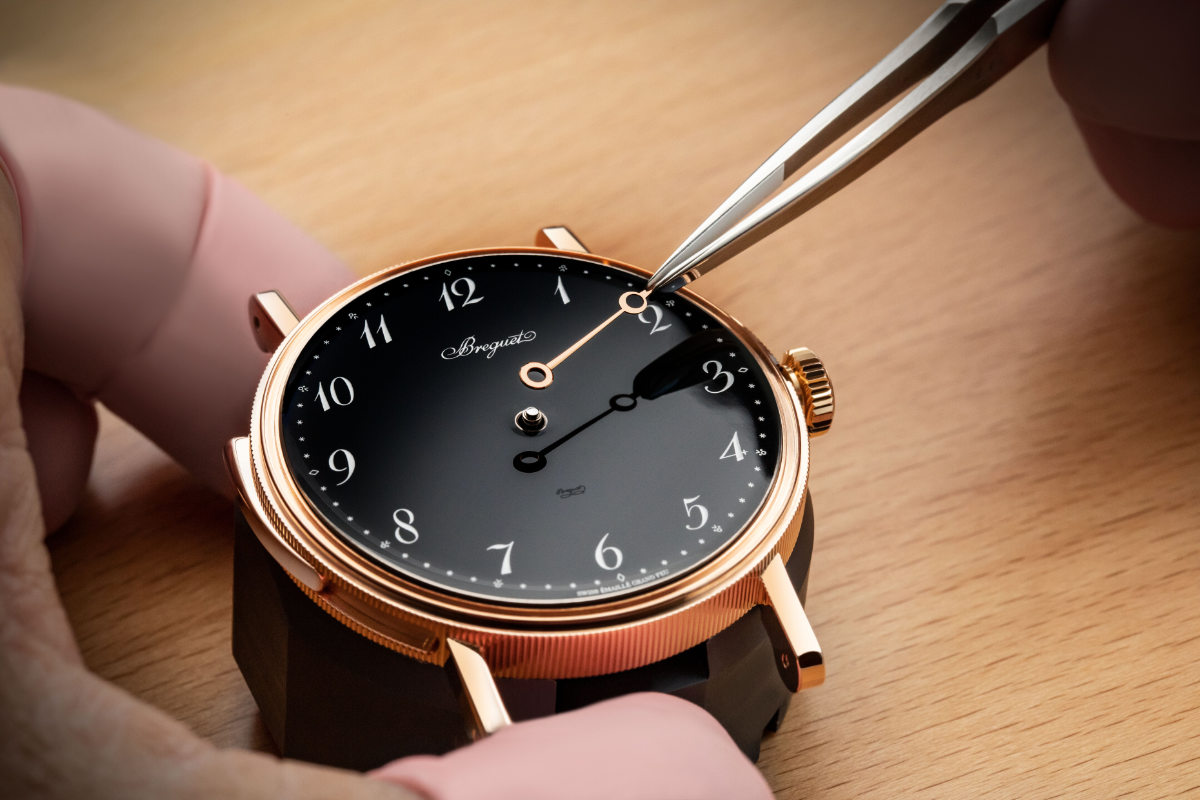
The invention
This complication emerged above all from a need. Long before the advent of electricity, it was difficult to tell the time after dark in the 17th century. Watchmakers therefore vied with each other in finding ingenious ways to create a watch that could chime on demand. The solution was found around 1680 with the invention of the first minute repeater watch. This innovation paved the way for many others. And so it was that, in addition to chiming the hours, watches also became able to sound the quarters and minutes. An outstanding technician, Abraham-Louis Breguet quickly developed a passion for the subject and sought ways of improving the mechanism. For this reason, as early as 1783, he created the first repeating watches striking a spring blade instead of the bell-type gong used until then. Initially straight and placed across the back plate, these blades were later coiled around the movement. They offer the advantage of considerably reducing the thickness of chiming watches, while emitting clearer, more harmonious sounds.
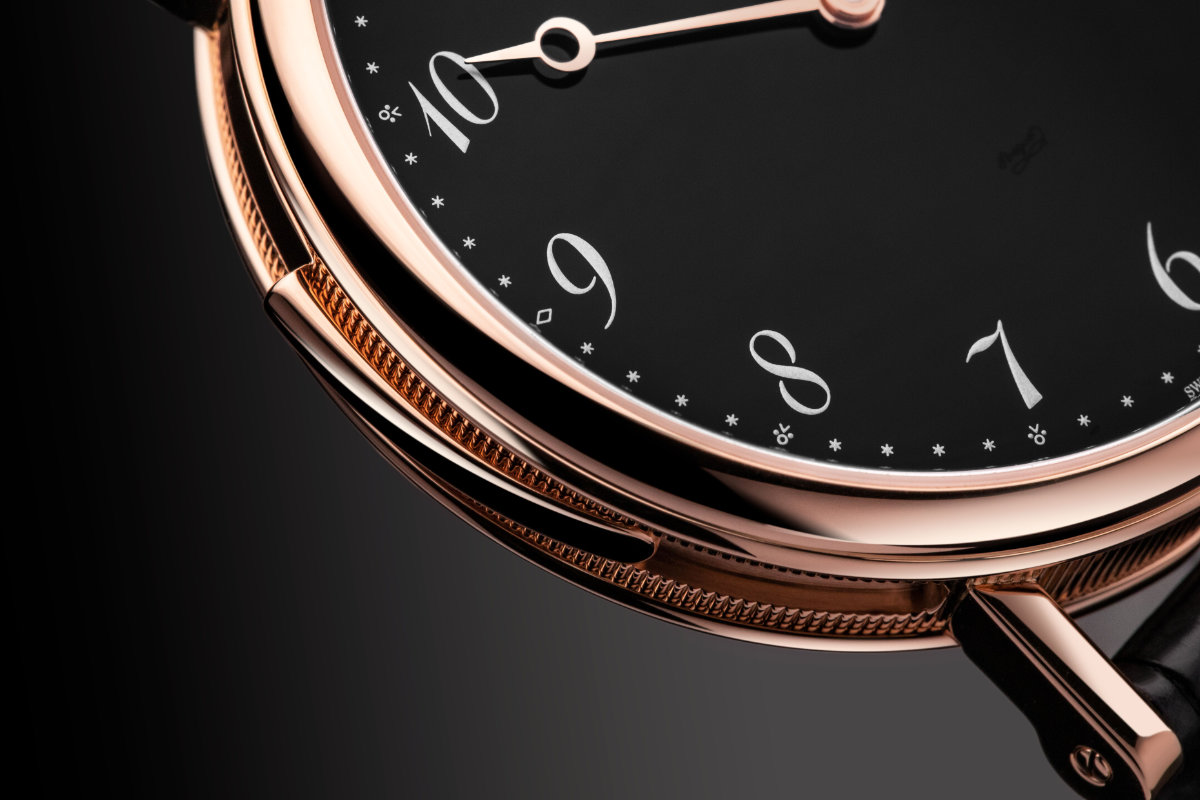
This invention proved as useful as it was popular and was adopted by many watchmakers of that era. The founder of Breguet was also behind a number of quarter, half-quarter and minute striking mechanisms.
Technical data:
Classique Répétition Minutes – 7637BR/2N/9ZU
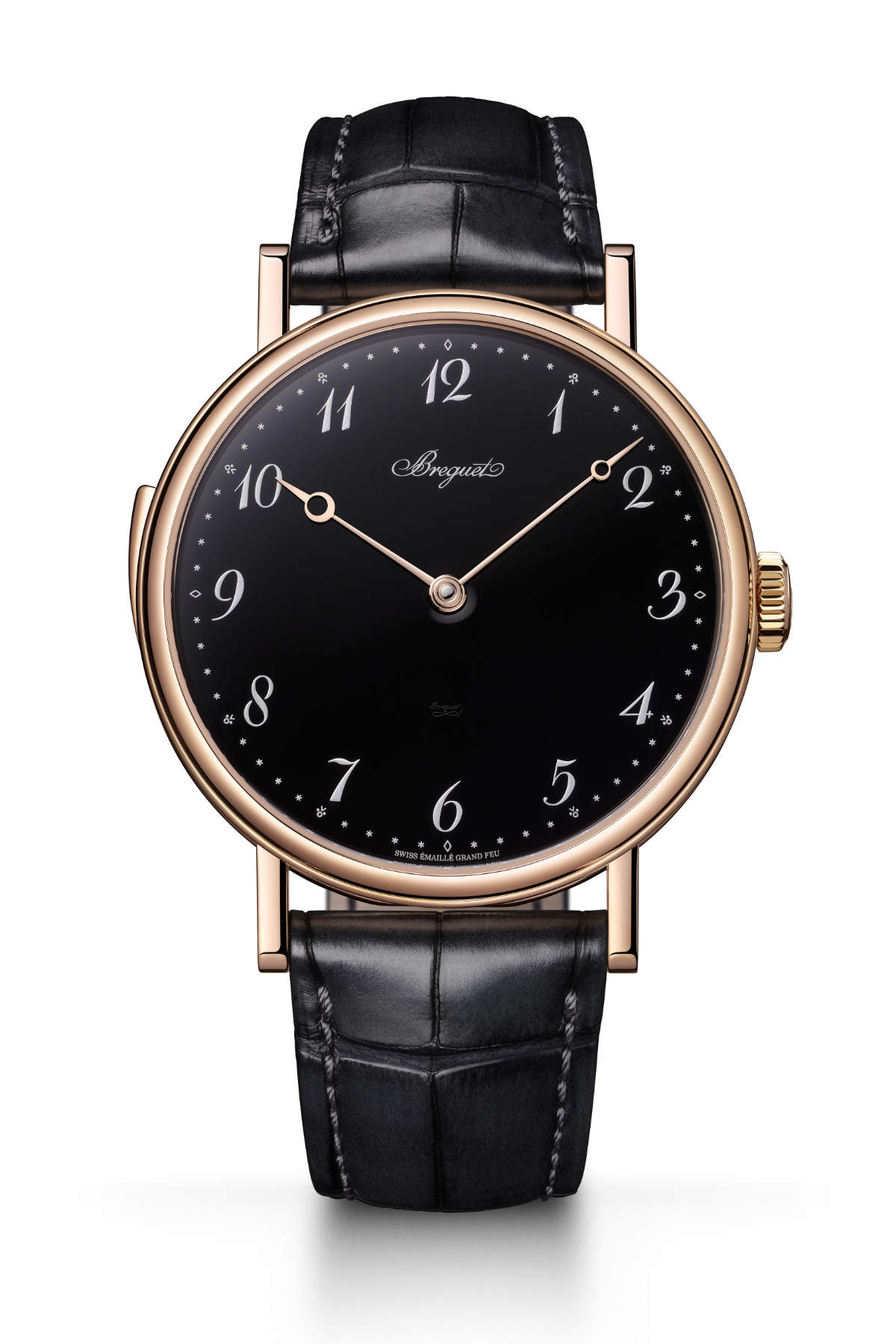
Case: 18K rose gold
Diameter: 42 mm
Thickness: 12.25 mm
Dial: black grand feu enamel, Arabic numerals, secret signature
Movement: hand-wound, entirely chased by hand
Functions: hours, minutes, minute repeater
Calibre: 567.2
Frequency: 2.5 Hz
Power reserve: 40 hours
Components: 358
Strap: alligator leather strap, gold triple-blade folding clasp



